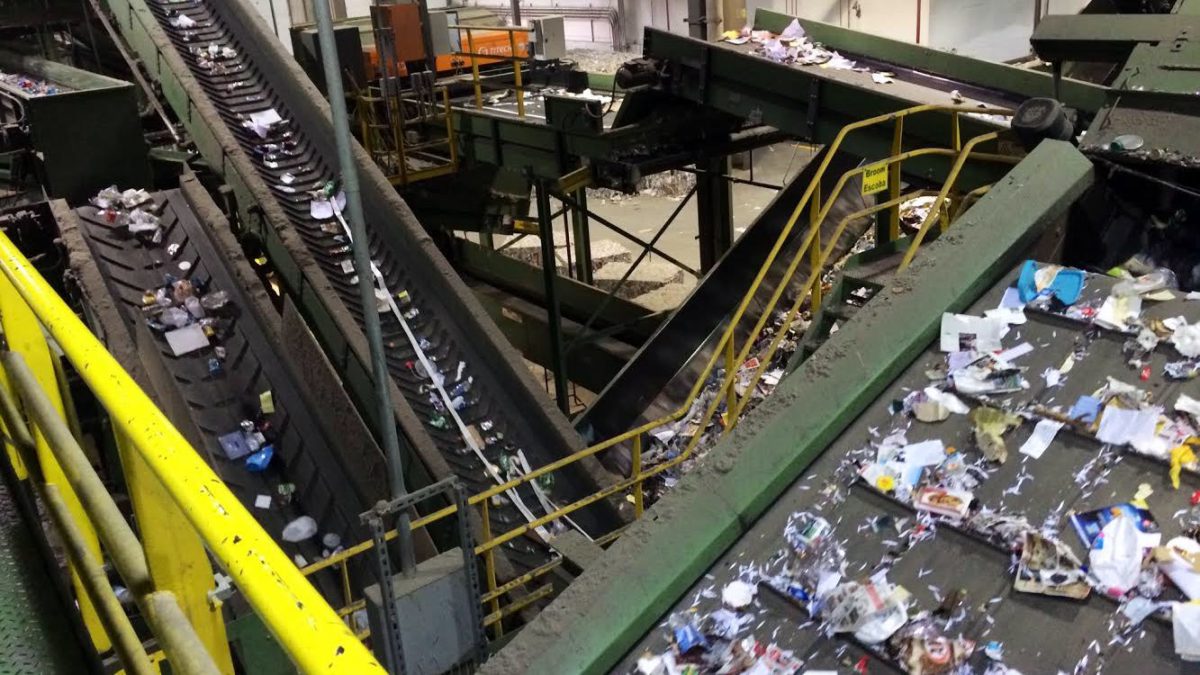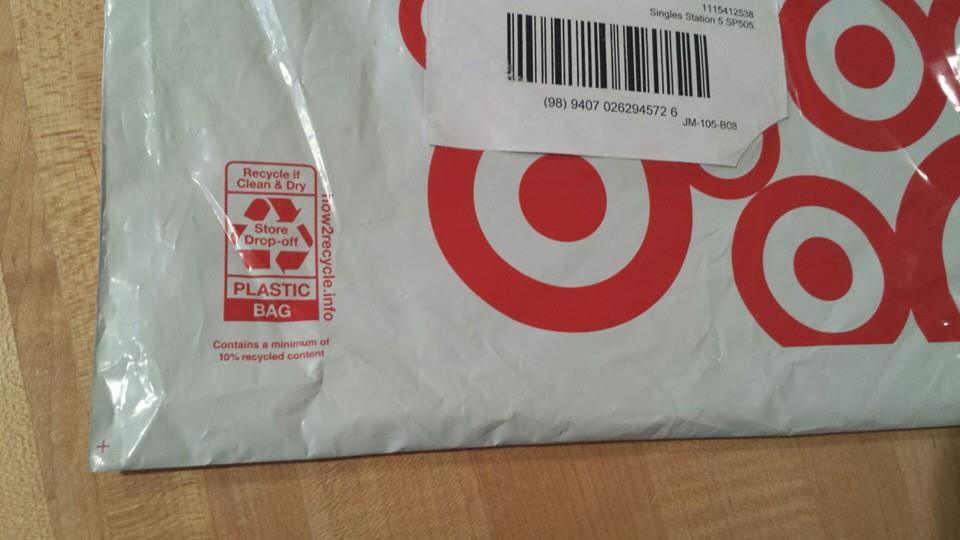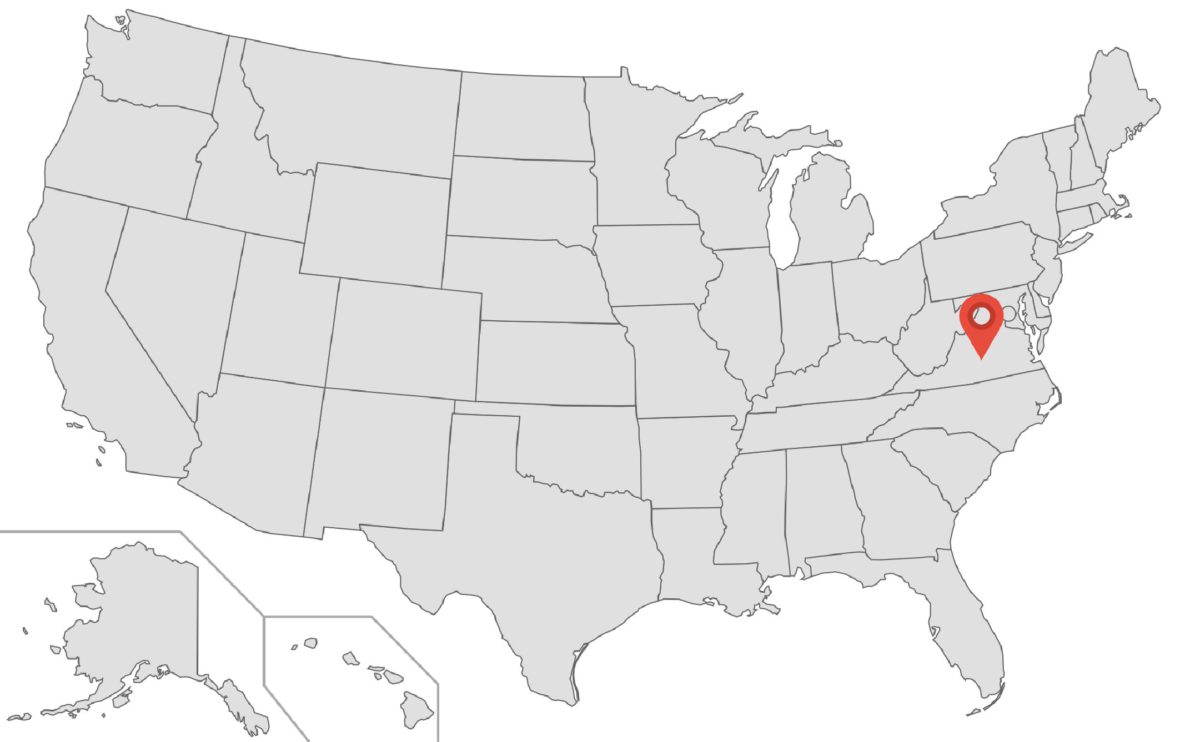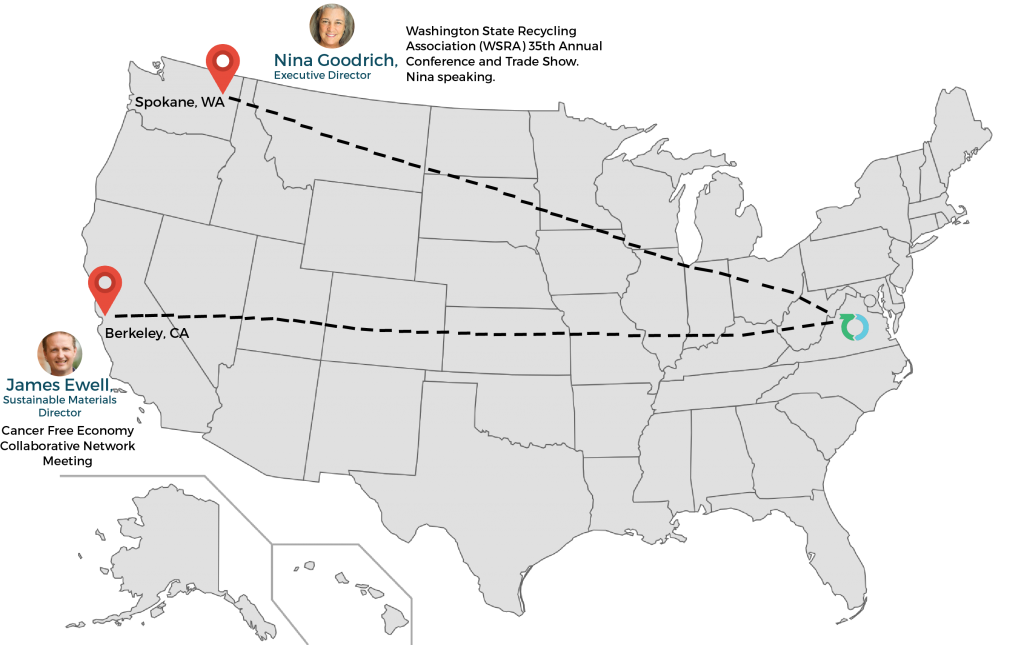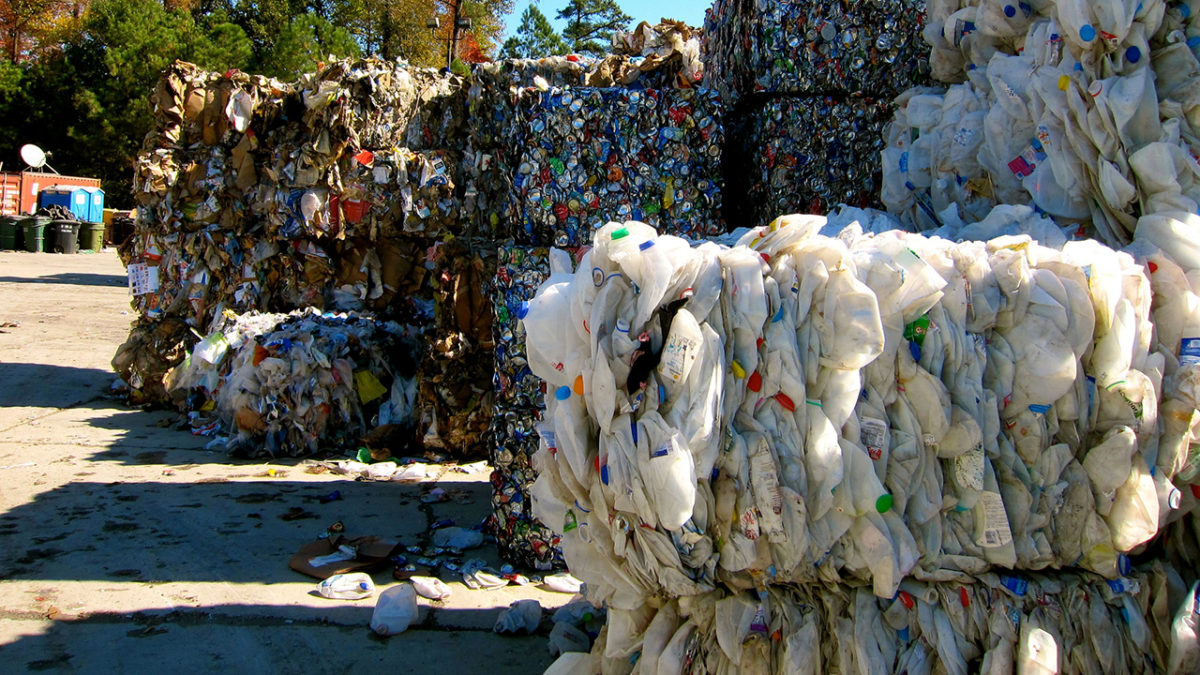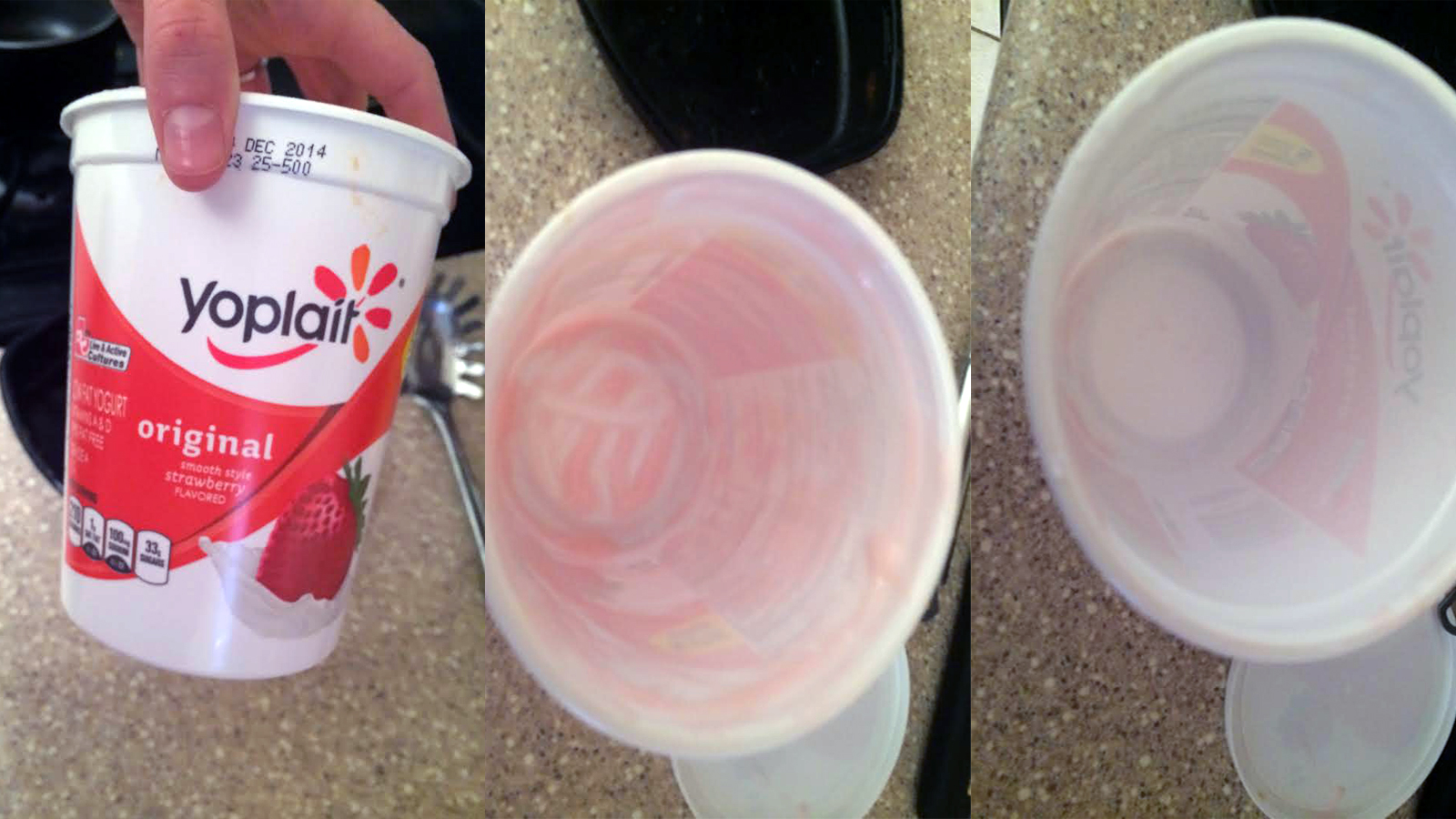It is important to properly prepare packaging for recycling in order to optimize the quality of recycled materials, but it can sometimes be confusing. How exactly do we know when it’s necessary to rinse our packaging and when it is more valuable to conserve water?
Determining whether rinsing packaging is necessary depends on a few factors, including how much residue is left, what was in the container, and whether the closure even allows you to easily rinse the inside of the container?
 Here are a few guidelines:
Here are a few guidelines:
- If you are making sure that every container is empty before recycling it, you’ve gone most of the way towards being an excellent recycler. Packaging that is still full or partially full is at high risk of being landfilled even if you place it in your recycling bin. You should compost any remaining crumbs or unused food products before recycling.
- Any package containing a lot of thick and sticky residue, like a jar of peanut butter or a tub of icing, should be rinsed.
- Any package containing soap (dishwasher detergent, shampoo, laundry detergent, hand soap, etc.) should not be rinsed. In fact, some plastic recyclers rely on residual soap to clean the plastics during reprocessing. After all, it is important to reduce, reuse, and recycle!
- Rinsing does not need to be perfect. Don’t worry about getting every single spot of residue off, because that uses a lot of water. Just splash that salsa jar with a little water, replace the lid, and it’s ready to go.
- If the cap or lid isn’t easily removed for you to get inside it and rinse, don’t worry; just make sure the package is thoroughly empty before recycling.
Look for the How2Recycle label that explains when a container should be rinsed or not. When in doubt, use your best judgment: a high quality, low contaminant recycling stream is important, but so is water conservation.
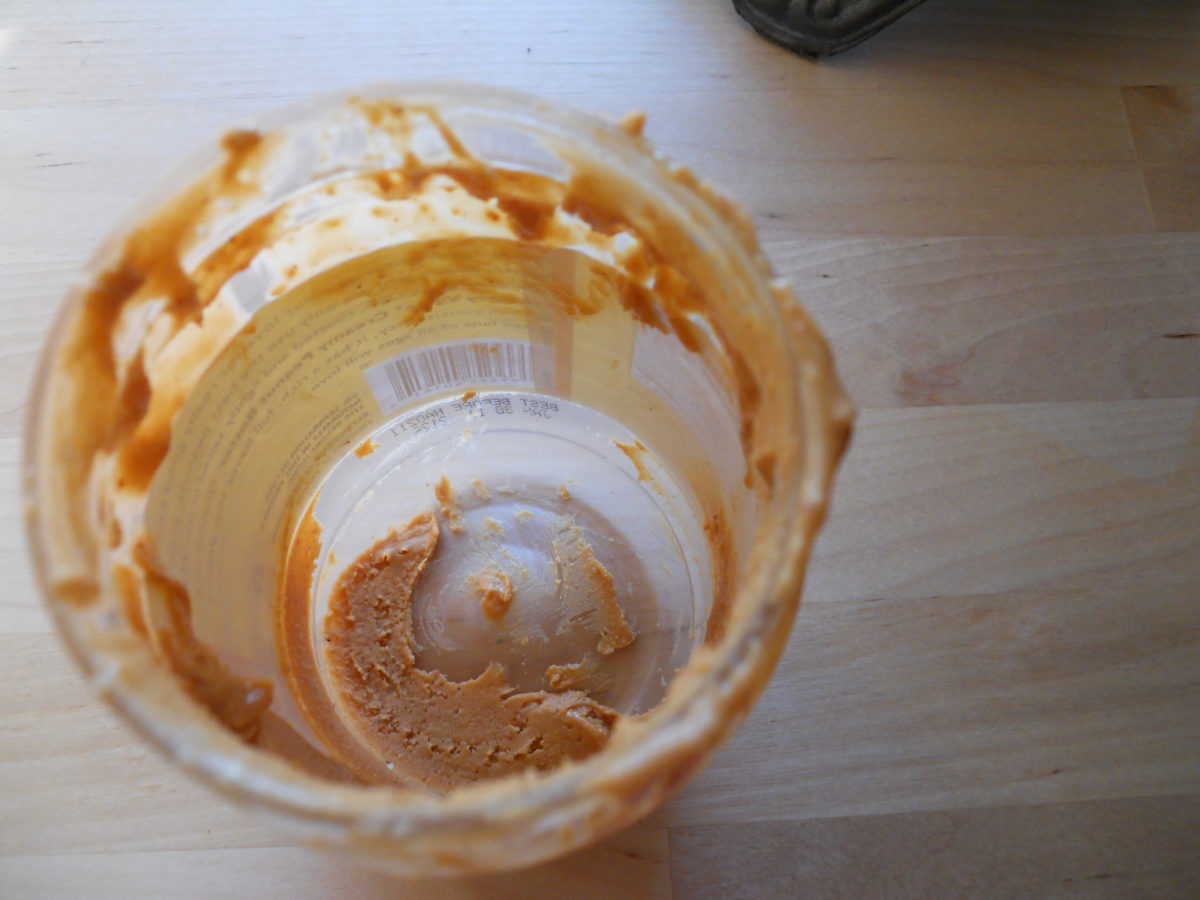
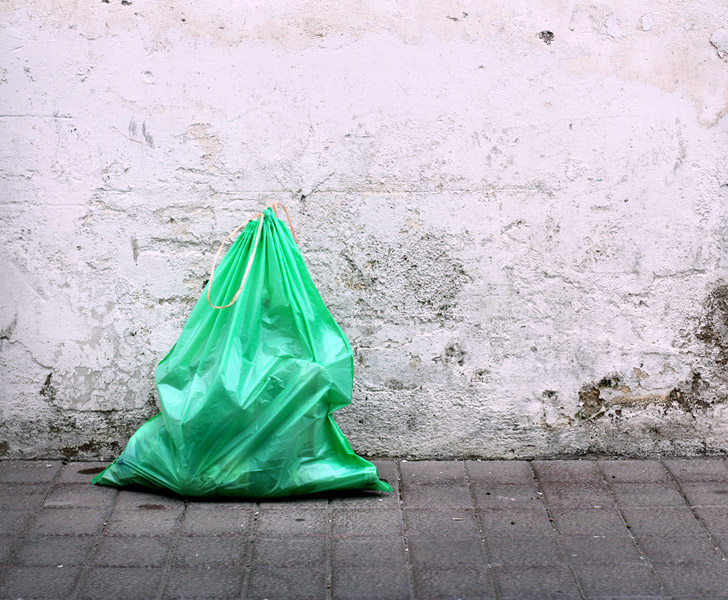
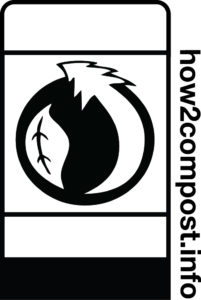 Non-compostable plastic bags that are tinted green,
Non-compostable plastic bags that are tinted green, 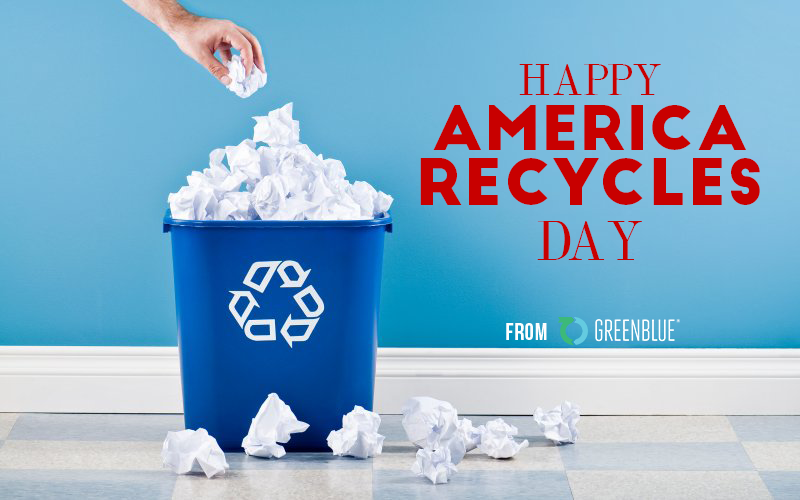

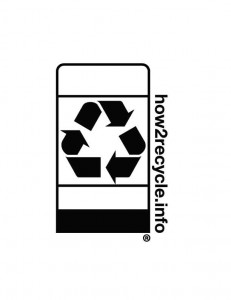 The SPC has worked with our members and our partners in the recycling community to generate a wealth of knowledge and action to enhance recycling. This past year we spearheaded an unprecedented collaboration of industry and NGO stakeholders to kick-off a huge study on consumer access to recycling programs. We continue to keep our ears on the ground and ask the right questions to understand the nuances of packaging design choices and their impacts on the recycling process. We’ve helped a number of companies understand the recyclability of their packaging and the opportunities for improvement. And our
The SPC has worked with our members and our partners in the recycling community to generate a wealth of knowledge and action to enhance recycling. This past year we spearheaded an unprecedented collaboration of industry and NGO stakeholders to kick-off a huge study on consumer access to recycling programs. We continue to keep our ears on the ground and ask the right questions to understand the nuances of packaging design choices and their impacts on the recycling process. We’ve helped a number of companies understand the recyclability of their packaging and the opportunities for improvement. And our 